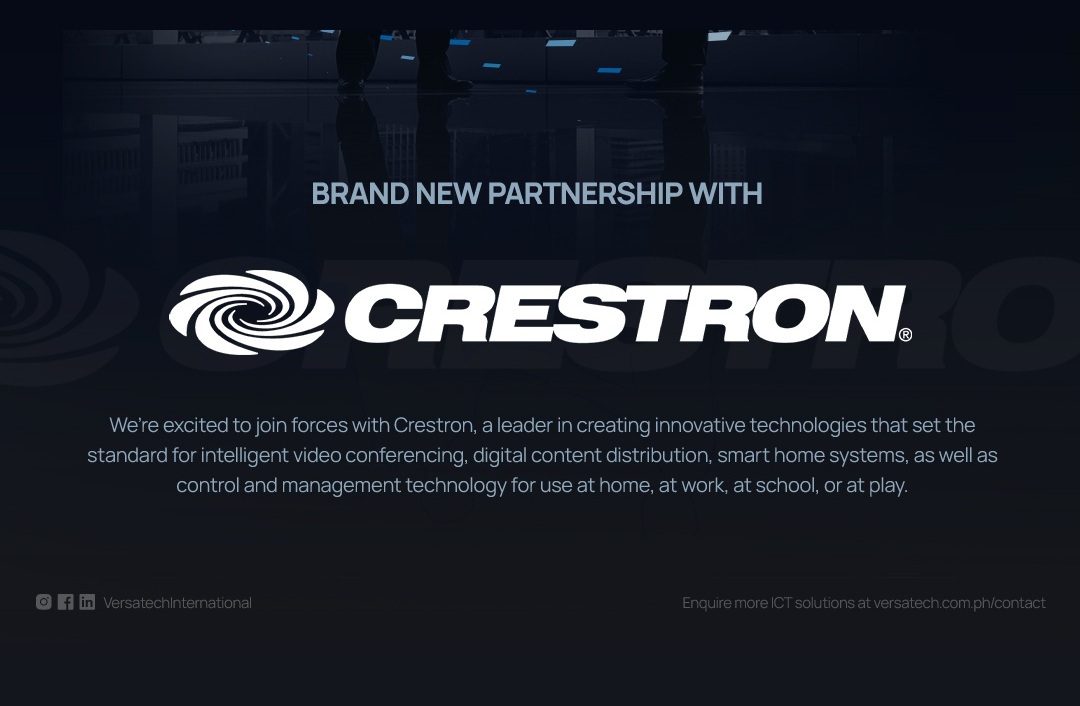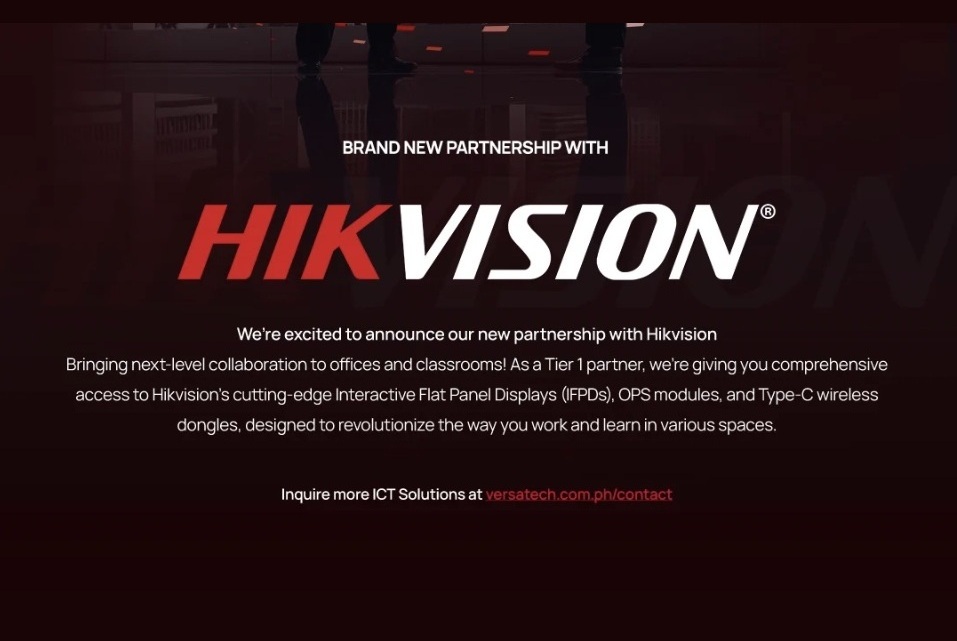While many organizations have traditionally maintained internal IT and information communication technology (ICT) teams, outsourcing ICT is an increasingly popular choice for businesses of all sizes. Outsourcing ICT offers opportunities for growth, reducing investment into training, hardware, and recruitment, while improving the total quality of ICT solutions.
The end-quality of ICT solutions will heavily depend on an outsourced partner. Your ICT solutions provider will be a partner and one who must be able to meet your organization’s needs, anticipate and solve issues, optimize solutions over time, and provide real value. This means that it’s important to review and carefully choose an ICT solutions provider that can operate with your organization, at a level that meets your needs, budget, and organizational goals.
Communication and Transparency
Communication and transparency are essential from any partner, but more so from one that will provide ICT solutions. Here, you have to know that your ICT provider will communicate quickly and reliably, even during peak periods. It’s also crucial that you have access to data such as performance indicators, security data, and KPIs. You need a way to see what your partner is doing, how your ICT solutions are doing, and to validate any data you receive.
Depending on the organization you outsource to, this might result in having a dashboard your own IT teams can access. It might also result in having an internal liaison who reviews and views all data. And, it might entail weekly or bi-weekly meetings to discuss needs, solutions, and services. In most cases, you’ll likely get a combination of the three, unless your organization and usage is small enough that you don’t need that much communication.
Service Capability
How big is the ICT solutions provider? Ideally you want to roughly match your organization’s size to that of your provider, so that you can function as a partner. If they are too big, you won’t be able to influence features and direction because your contract won’t matter. If they are too small, they won’t be able to meaningfully scale and grow to keep up with you as you scale.
Actual Services Offered
Different ICT solutions providers can meet different needs, offer different types of solutions, and might be geared towards different organizational stages. It’s important to match actual solutions to what you need.
Some important considerations include:
- Pricing Module – Are you paying a flat monthly fee or are you paying for usage? This is important if you have peak use periods, as a flat fee will necessitate that you over capacitate and increase costs.
- Technologies – If your organization is set up around a specific technology, it might be beneficial to retain that technology for ICT solutions. Ensure new solutions are compatible with existing solutions.
- Services – Does your ICT solutions provider offer maintenance? Monitoring? Automation? Network optimization? Total ICT optimization? Hardware? Topology? Choose a solution that meets the full spectrum of needs.
It’s often more expensive to source solutions from several vendors than to pay slightly more for those services through a full-service organization. Look for an organization that offers everything you need, run a cost analysis against all your options, and make sure you’re getting the best deal before settling on anything.
Qualifications/Certifications
More than 90% of ICT services operate under ISO standards. Any organization you outsource to will have to meet those standards, alongside quality management. It’s important to discuss these standards and needs with your provider before signing a contract. Consider which standards you need in your organization, which regulations affect your organization, and ask how your provider intends to meet those standards before signing a contract.
Contract and SLA
Your contract can help you with making a hiring decision. A good contract will outline service level agreements, such as uptime guarantees, performance indicators, response times, and responses to issues, critical problems, and complaints.
If these are not included in the contract, request them as part of a secondary SLA and sign it as part of the contract. These service level agreements must conform with your organization’s own customer-facing service level agreements, your team’s processes and policies, and your organizational goals. Otherwise, ICT issues may actually impede your ability to deliver to your own customers.
Budget and ROI
It’s crucial to calculate total cost of ownership for any ICT solutions provider, use cost estimation, and use value estimation to calculate a potential ROI. This can help you decide if outsourcing is the best move for your organization. It can also help you differentiate different providers on a financial level, allowing you to see which is most likely to be a good investment. Here, it’s important to take total services and offerings into account.
For example, if one provider costs more but offers ongoing optimization and new-technology implementation as part of the contract, they might be a better investment than a cheaper solution that does not. However, you should run calculations independently and on a provider-by-provider basis.
Outsourcing ICT solutions is an increasingly common way to cut costs and improve the quality of those services. As a result, you likely have dozens of providers to choose from. Many will offer specific or specialized services, ranging from basic hardware installation to full-service managed solutions. Choosing one should largely depend on your organization’s needs, existing teams, and the size of your ICT needs.






